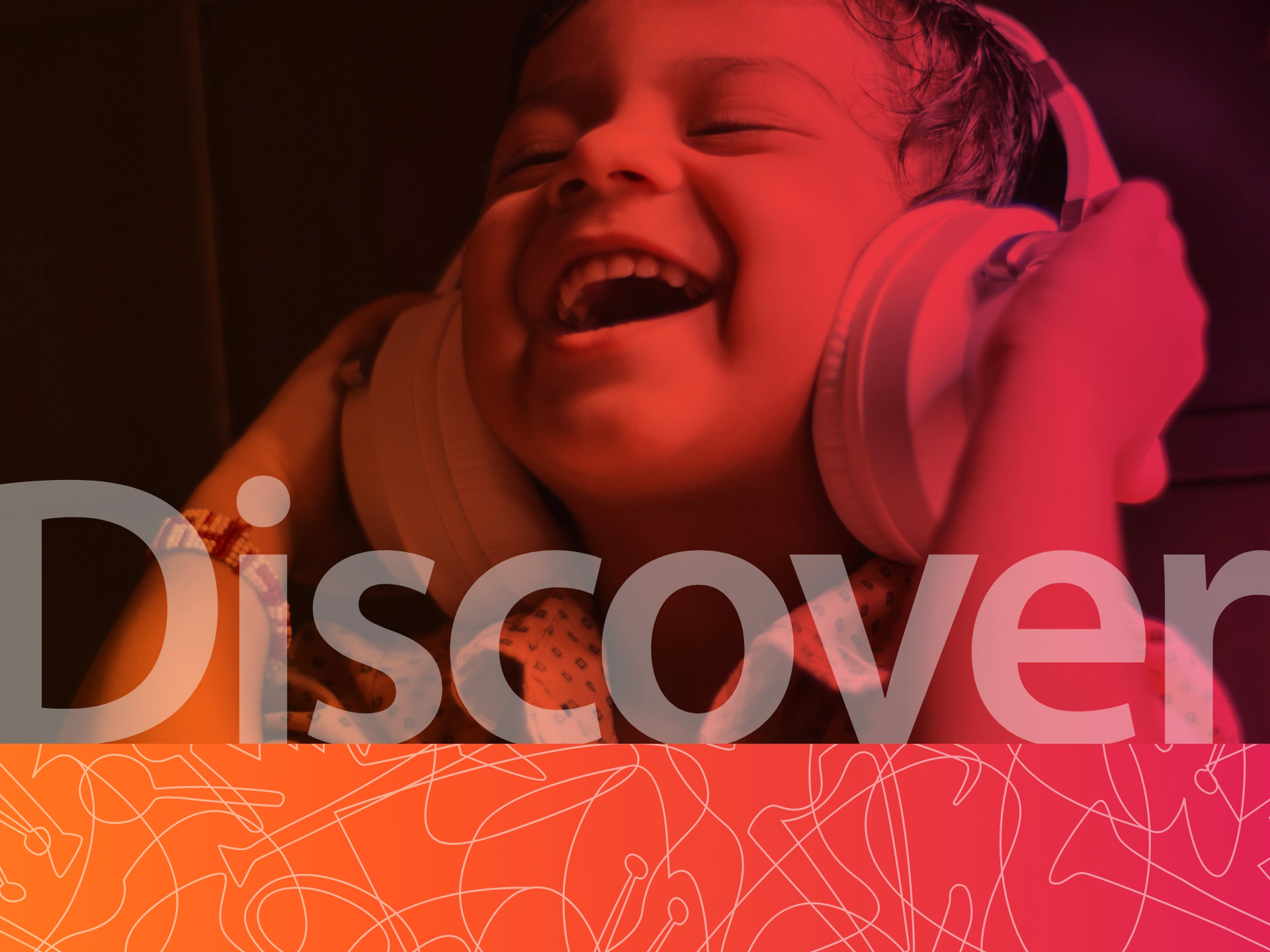How Word of Mouth Shapes Your Brand
We all know from personal experience the power word of mouth has. Maybe a rave review from a colleague convinced you to hire a particular supplier. Or a negative experience at a local restaurant caused you to tell your family and four neighbors not to go there. Or a positive interaction with a customer care representative motivated you to blog with fellow techies about a wireless provider’s great service. Whatever the case, word of mouth is at work, shaping your brand through every interaction. So how do these interactions (both positive and negative) influence the perception of your brand? And, from a proactive standpoint, how do you, as a brand manager, use these interactions to your benefit?
The answer to the first question seems obvious: These messages are spreading—some slowly, and others more like wildfire—and forming consumer perceptions, whether they’ve had a personal interaction with your brand or not. Though it may seem like these messages are running rampant, giving you little control, the truth is, you do have some control. And with the power of today’s media, it is increasingly easier to help shape brand perception through word of mouth.
Managing Word of Mouth
Managing word of mouth is much like being a campaign manager for a political figure and using the information to your advantage. For better or for worse, people are talking (or more likely, typing). And the truth is, any news is good news. But why? Consider that any customer input—no matter how voraciously optimistic or painfully destructive—is critical to your brand. If people are saying negative things, you have invaluable insight into how to improve your brand’s offerings. If they are saying positive things, you can use them to help discover or redefine your market niches and drive messaging to certain demographics. If they’re saying nothing at all, you have the ability to jumpstart the conversation. Word of mouth is opportunity knocking.
Tactics That Influence Word of Mouth
So what are some ways to jumpstart the conversations or influence the ones that are already happening? Get involved. There are the traditional methods—free product trials, publicity and public relations, sponsorships, endorsements and product seeding. And technology-driven methods, like blogging, text messaging, online reviews and the increasingly popular social media channels like Facebook, Twitter and YouTube. Almost any method of communication takes on some form of word of mouth. There are pros and cons to each that we plan to address in upcoming issues of identityWise. For now, here is a quick rundown of how some of these different forms of word of mouth shape your brand:
The Traditional Approach With traditional methods like publicity, trial, sponsorship and endorsement, your brand largely owns the experience and message. It gains exposure to a large audience — targeted or vast, current or potential customers. By aligning with a certain personality, program or cause, you can create a positive perception based on association alone. And those who’ve been exposed to this word of mouth will likely communicate the messages to their like-minded affinity groups. Case in point: passionately loyal NASCAR® fans who are true to their drivers and the brands that sponsor them.
Blogs and Online Reviews By leveraging actual user experiences, brand offerings can be enhanced. Positive and negative feedback can be reviewed and funneled to the appropriate brand manager to help deliver a strengthened brand experience.
Text Messaging It’s not just for teenagers. Look at how President Obama used text messaging (among other WOM methods) during his presidential campaign to connect with his supporters and announce his vice presidential selection. By texting, Obama demonstrated his understanding of modern technology and how it can improve connectivity, saying a great deal about the “Obama brand.”
Social Media With social media, such as Twitter, YouTube and Facebook, once a message is released, it is up for public consumption. With the ability to check these accounts on handheld devices, this real-time communication can mean virtually instant accolades or disaster for a brand.
Most likely, many of these methods will be used simultaneously and reinforced by other types of media.
Current Examples of the Word-of-Mouth Effect
Using some technology-based methods offers a proactive way for you to disseminate messages as well as thoughtful and immediate responses. And you can create quite a stir. Look at the recent example of actor Ashton Kutcher and CNN.
Kutcher was astounded when he realized he had nearly as many followers on Twitter as did CNN. Daring a challenge, Kutcher posted a YouTube video encouraging people to follow him to help him beat CNN and be the first person on Twitter to have over one million followers. CNN responded via YouTube and CNN broadcasts and articles on its site. Word spread rapidly, and in the end, Kutcher was victorious (so said his tweet). Kutcher noted this was a democratization of media — where one person’s voice could be as strong as an entire network. The magnitude of that transfers well to a brand. If one person’s voice can be as big as a news network, it’s possible one person’s voice can be as big as a brand, too.
Take the recent YouTube video created by two (now former) Domino’s Pizza employees showing them contaminating food. Their actions prompted a response YouTube video from Domino’s Pizza President, Patrick Doyle, and tweets on Twitter. Whether the response video made the same impact as the one that caused the uproar is unknown, but, as Doyle said in his video, “The independent owner of that store is reeling from the damage that this has caused. And it’s not a surprise that this has caused a lot of damage to our brand.”
Keep in mind, word of mouth doesn’t necessarily always originate with your customer. It is you, your employees and those who don’t even use your brand who have power to influence the perception of it. But by being proactive in starting a “buzz” about something, you can contribute to building a positive perception of your brand.
With so many tools available, existing and emerging, the time has never been better for brand managers to harness the power of word of mouth to shape their brands and thoughtfully add it to their marketing mix.


